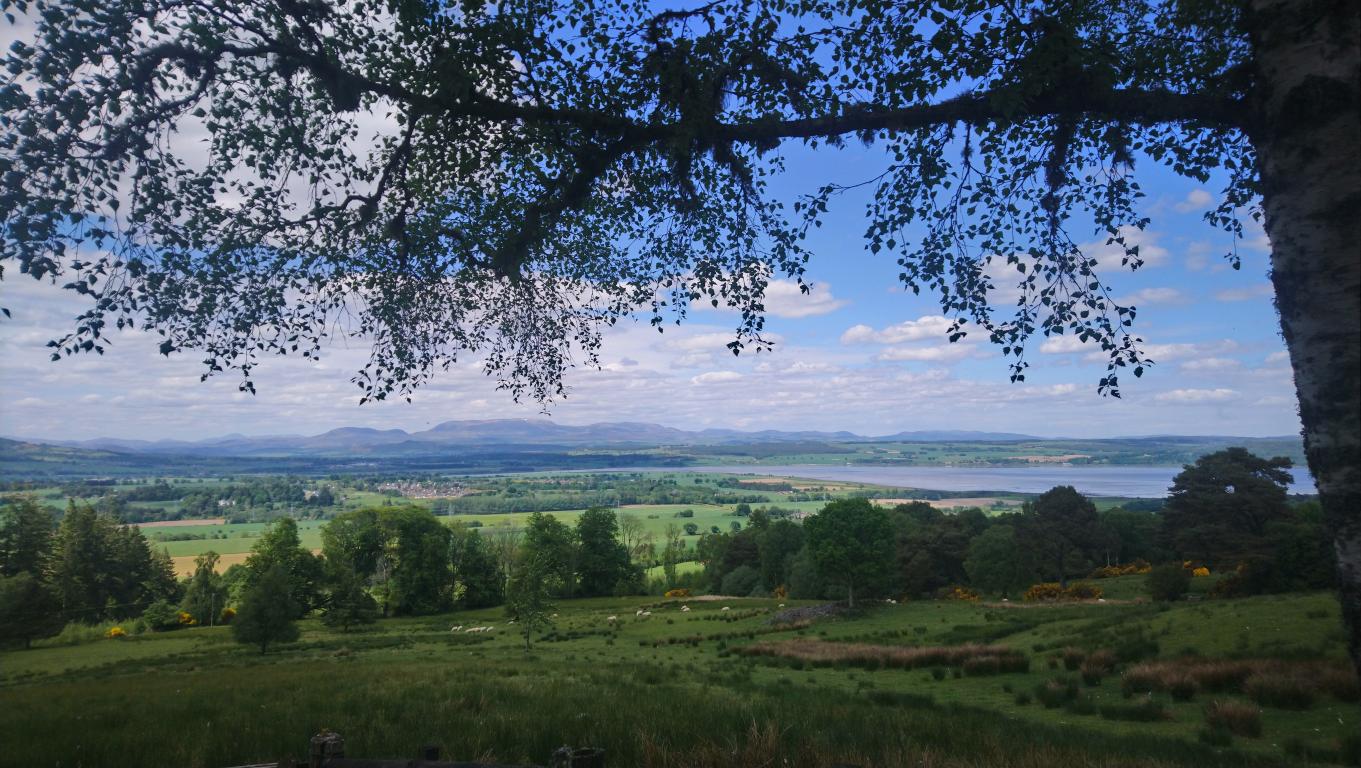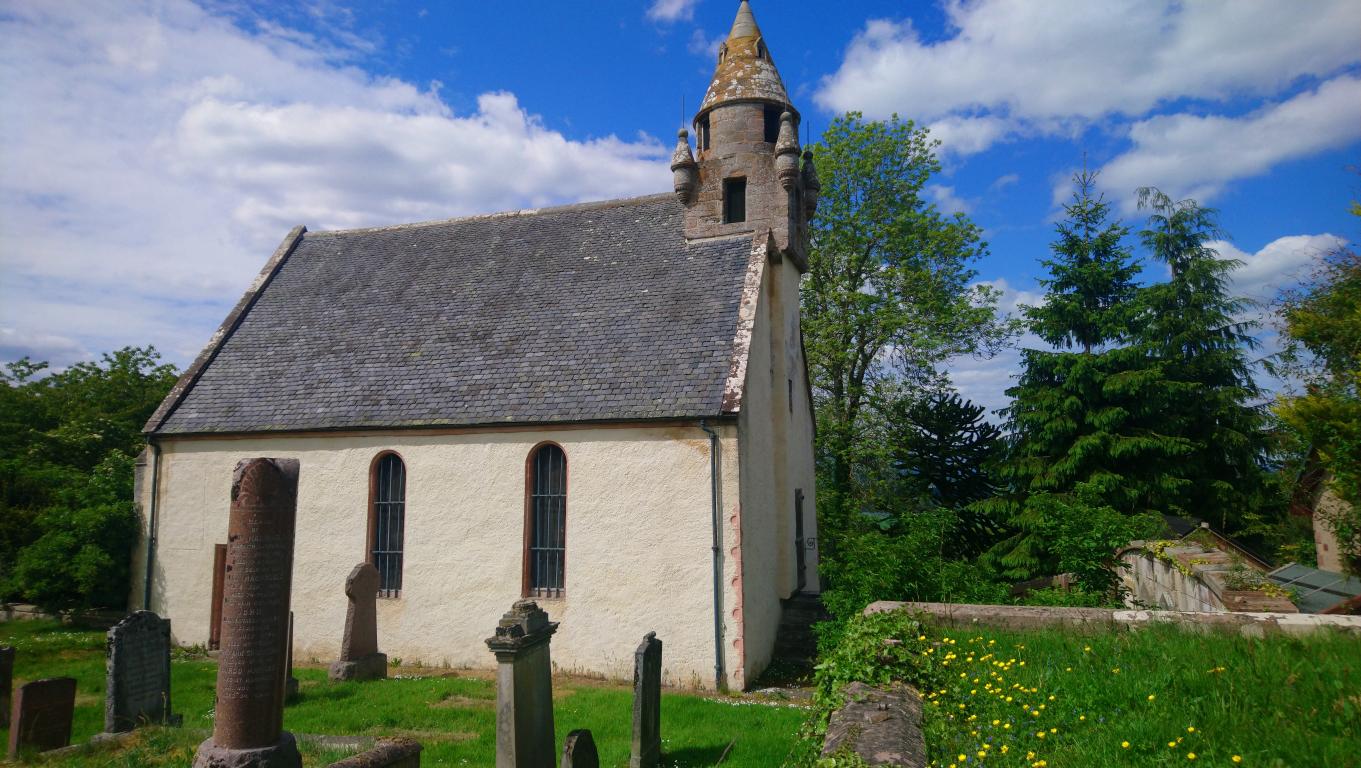
From the Beauly Firth to Bratislava: The Travels of James Fraser, 1657-60
By David Worthington
 Kirkhill near Inverness
Kirkhill near InvernessImage provided by Professor David Worthington
 Wardlaw Mausoleum, Kirkhill outside which Rev. James Fraser was buried following his death in 1709
Wardlaw Mausoleum, Kirkhill outside which Rev. James Fraser was buried following his death in 1709Image provided by Professor David Worthington
 Memorial to Rev. James Fraser in Wardlaw Mausoleum, Kirkhill
Memorial to Rev. James Fraser in Wardlaw Mausoleum, KirkhillImage provided by Professor David Worthington
Treated with caution, it shows how a Gaelic speaker - a young Highlander... could contribute positively to, and engage openly with, European culture, in an age before Culloden.
While the rest of Scotland was learning how to live under the rule of Oliver Cromwell, a young Highland scholar from Kirkhill (Scottish Gaelic: Cnoc Mhoire) near Beauly (Scottish Gaelic: A' Mhanachainn), James Fraser, left home, in 1657, for an unforgettable three year adventure around Europe. On his return, he recorded his experiences in a memoir, the 'Triennial Travels’, which today lies in Aberdeen University Library.
A brawl with a 'bastardly fellow’ in Alnwick; a rough sea crossing from Sardinia to Genoa discussing classical texts with a vomiting skipper; a friend’s romantic disasters in Regensburg, and the astonishing sight of an elephant in a Vienna street: these are just some of the scenes recorded in James Fraser’s 'Triennial Travels’. It was a journey which took him, on foot, horseback or by boat, across southern, central and western Europe. This introduced him to London, carried him across the English Channel to Dieppe then to cities like Rouen and Marseilles. Diverted by pirates to north-east Spain, he ventured east via Minorca, Corsica and then Genoa, choosing to extend his stay in Italy after that by spending a lengthy period serving the Papacy in Rome, before taking in Florence, Modena, Ferrara and Venice. From there, Fraser would traverse the Alps, and head eastwards through Bavaria, Austria, Hungary before changing tack towards Bohemia (today the Czech Republic), commencing there a homeward route that would take him, finally, home to Scotland.
Throughout the text of the 'Triennial Travels’, Fraser conveys a fascination with the world beyond the Highlands, and with every language and culture he encountered. In a spirited manner, he seeks to ensure that what he recorded from abroad might widen the perspective of, and entertain, potential readers at home.
The 'Triennial Travels’ encompasses the 'spirit of the Highlands' for me. Treated with caution, it shows how a Gaelic speaker - a young Highlander with a spoken and reading knowledge of several other languages already from childhood - could contribute positively to, and engage openly with, European culture, in an age before Culloden.